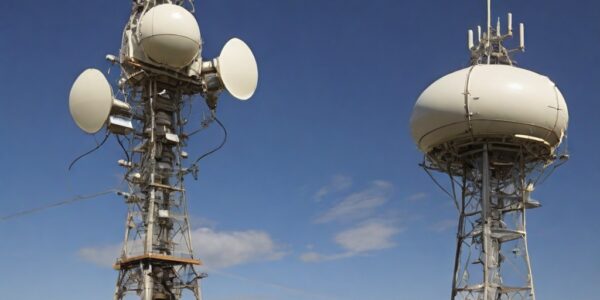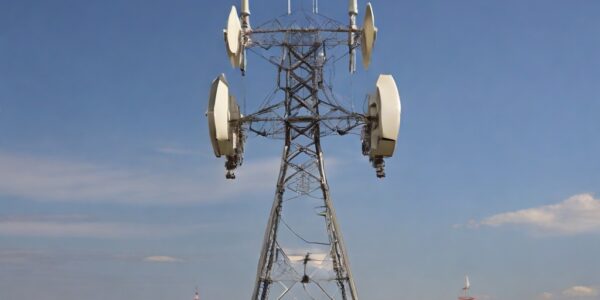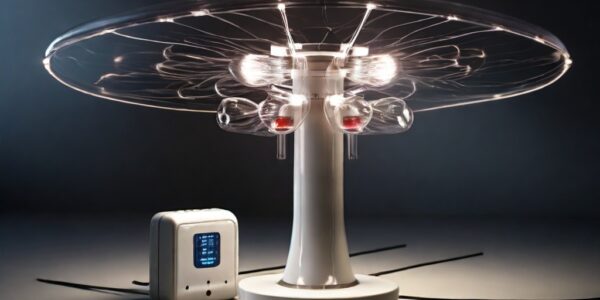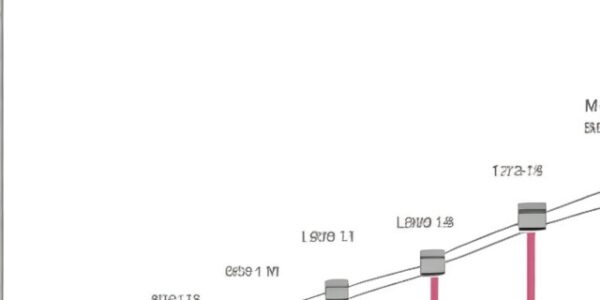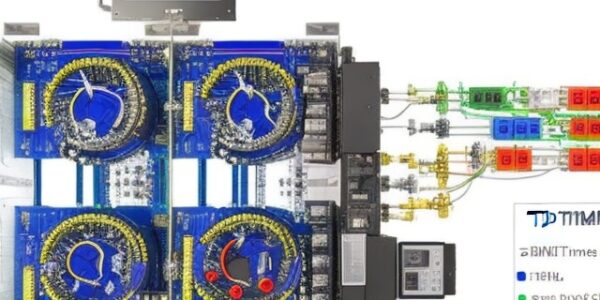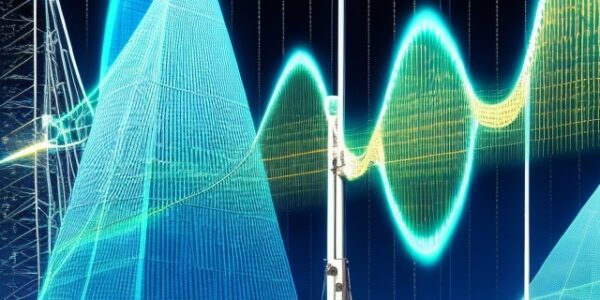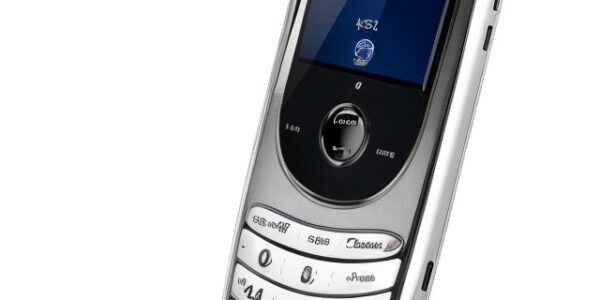Telepathy
h, telepathy – the fascinating concept of communication beyond the bounds of our physical senses. It has captivated imaginations for centuries, appearing in myths, science fiction, and even philosophical musings. While we haven’t definitively proven its existence in the scientific…
Unveiling the Secrets of Microwave Receivers
While microwave transmitters hog the spotlight with their high-powered beams, their silent partners—the receivers—deserve equal recognition. These unsung heroes quietly capture the invisible energy streams, transforming them back into electrical power. From Beam to Signal: Like their transmitter counterparts, receivers…
Microwave Transmitters: Powering Beams of Energy
Microwave transmitters, those unassuming boxes humming in our kitchens, hold a world of fascinating science and diverse applications beyond reheating leftovers. Delving into their secrets reveals a journey of transforming electricity into focused beams of energy, used in everything from…
Microwave Power Transmission
Indeed, microwave power transmission involves using microwaves to transfer power over longer distances, typically via a focused beam directed from a transmitter to a receiver. Here’s how it generally works: Overall, microwave power transmission is an intriguing technology with promising…
Wireless electricity transmission,
also known as wireless power transfer (WPT), is a fascinating technology that enables the transmission of electrical energy from a power source to an electrical load without the need for physical connections such as wires. This technology has the potential…
LTE (Long-Term Evolution)
In summary, Long-Term Evolution (LTE) is a 4G wireless communication technology that offers high-speed data transmission, low latency, and efficient spectrum utilization. It utilizes OFDMA and MIMO technologies, operates on an all-IP network, and supports backward compatibility and seamless migration….
CDMA (Code Division Multiple Access)
In summary, Code Division Multiple Access (CDMA) is a digital cellular technology that allows multiple users to share the same frequency band simultaneously by using unique codes to spread and separate signals at the receiver end. CDMA offers benefits such…
TDM: Time-Division Multiplexing (TDM)
In summary, Time-Division Multiplexing (TDM) is a technique that enables the transmission of multiple signals over a single communication channel by dividing the channel into discrete time slots. It offers advantages such as simultaneous transmission, efficient bandwidth utilization, flexibility, and…
Frequency-division multiplexing (FDM) technique
In summary, Frequency-Division Multiplexing (FDM) is a technique that enables the transmission of multiple signals over a single communication channel by dividing the frequency spectrum into non-overlapping bands. It allows for simultaneous transmission, efficient spectrum utilization, and compatibility with various…
Advanced Mobile Phone System (AMPS)
The Advanced Mobile Phone System (AMPS) was the first generation of analog cellular mobile communication system introduced in the late 1970s and commercially launched in the United States in 1983. AMPS revolutionized the way people communicated by enabling widespread mobile…


